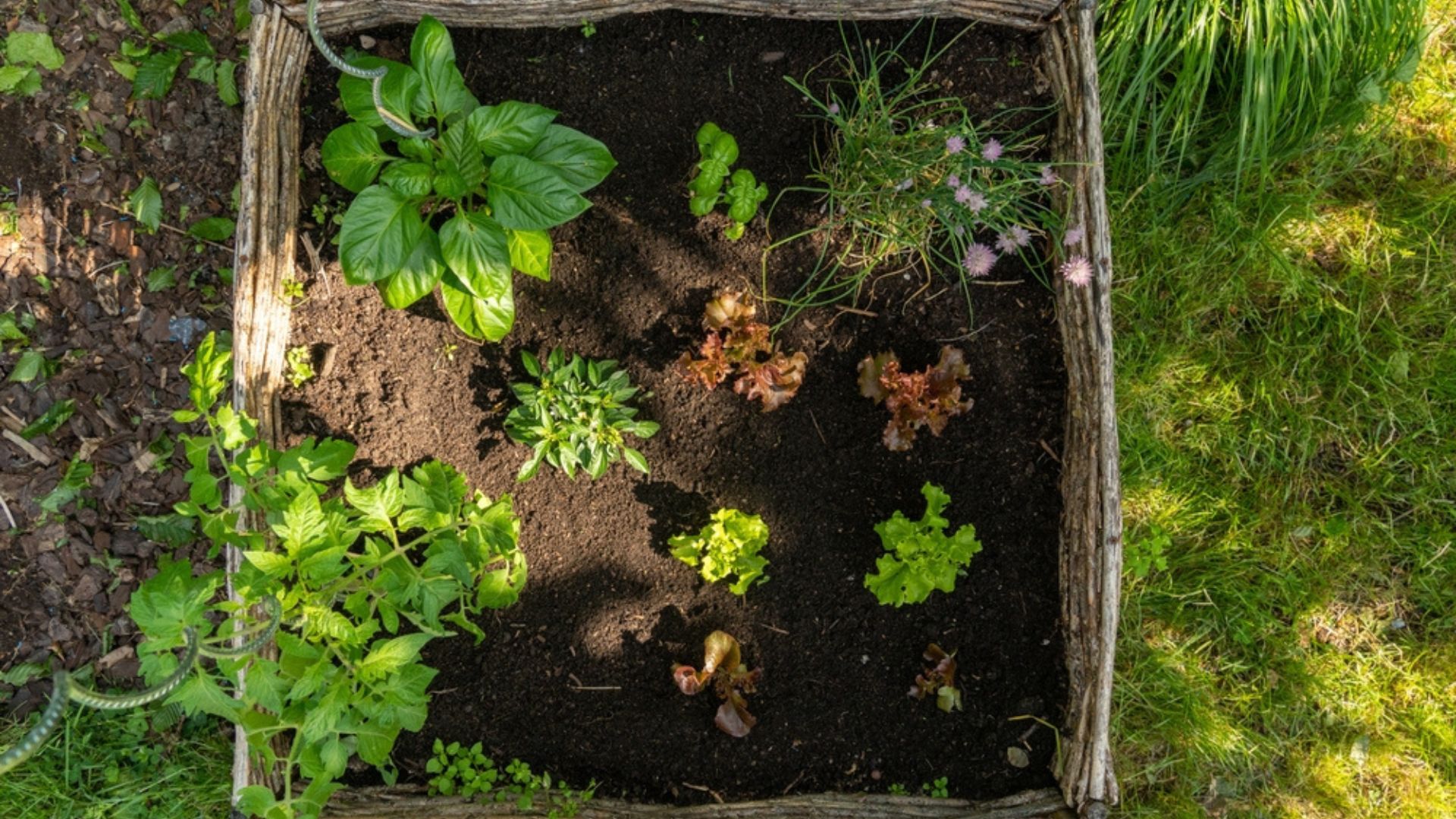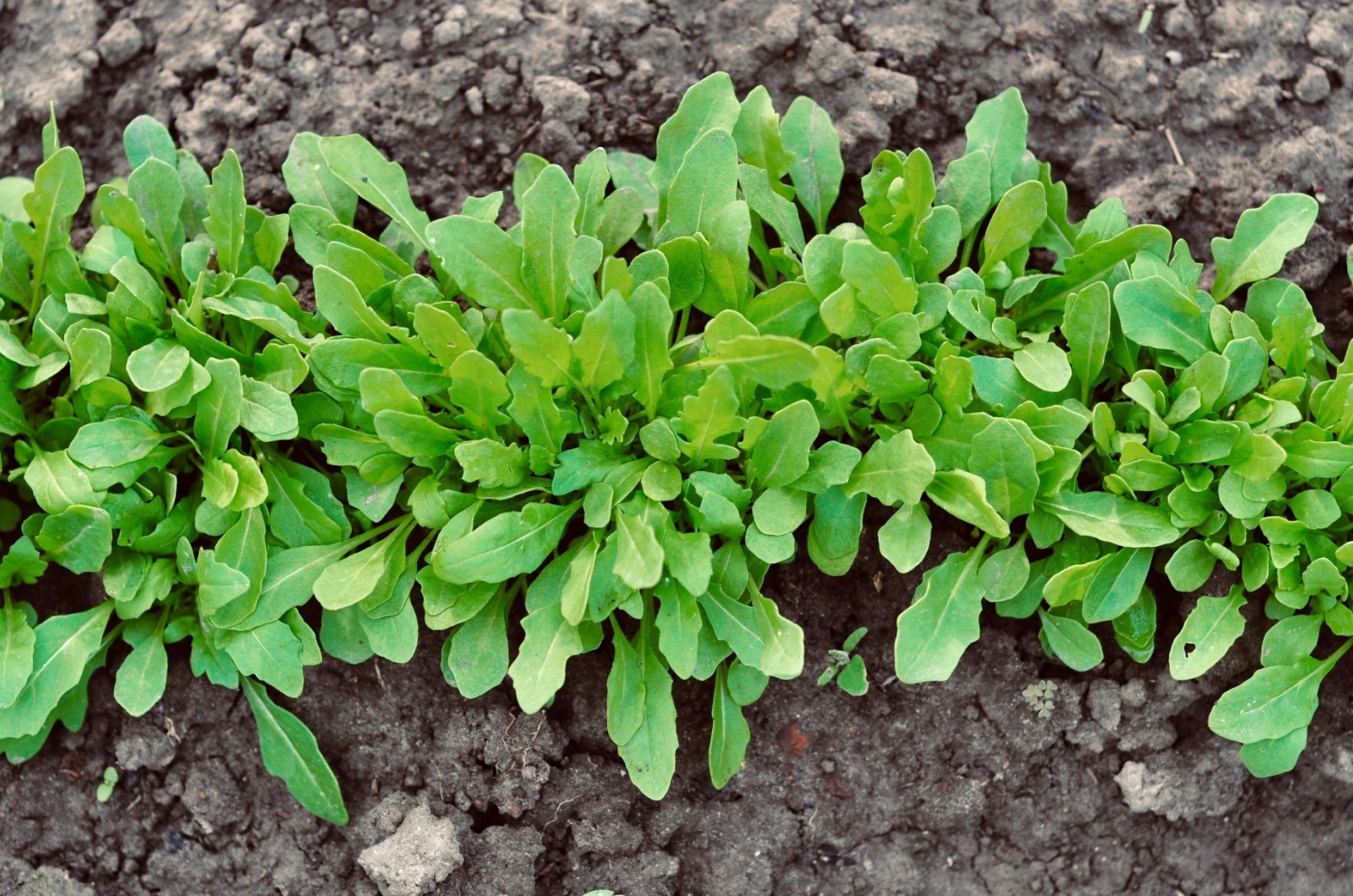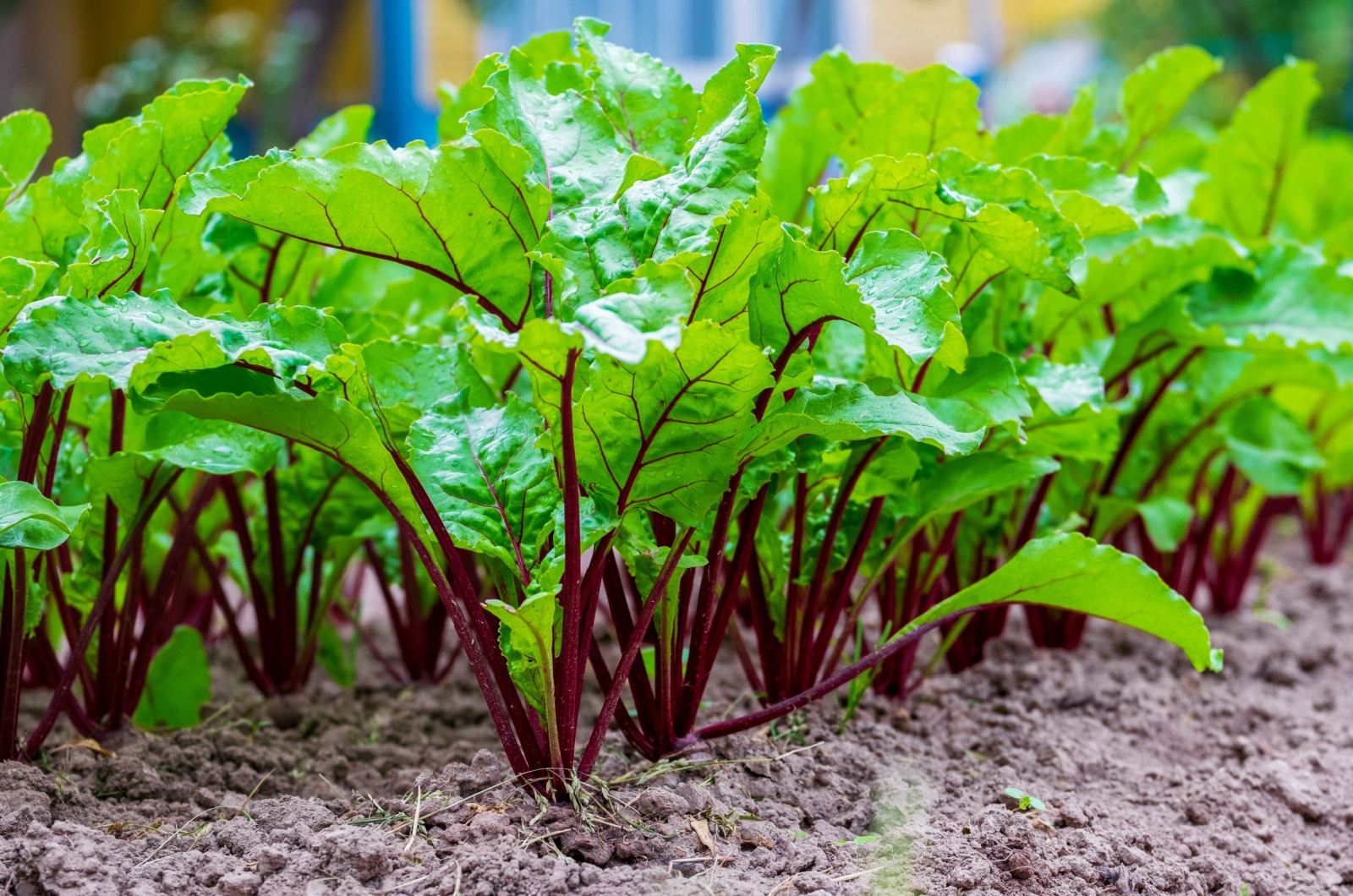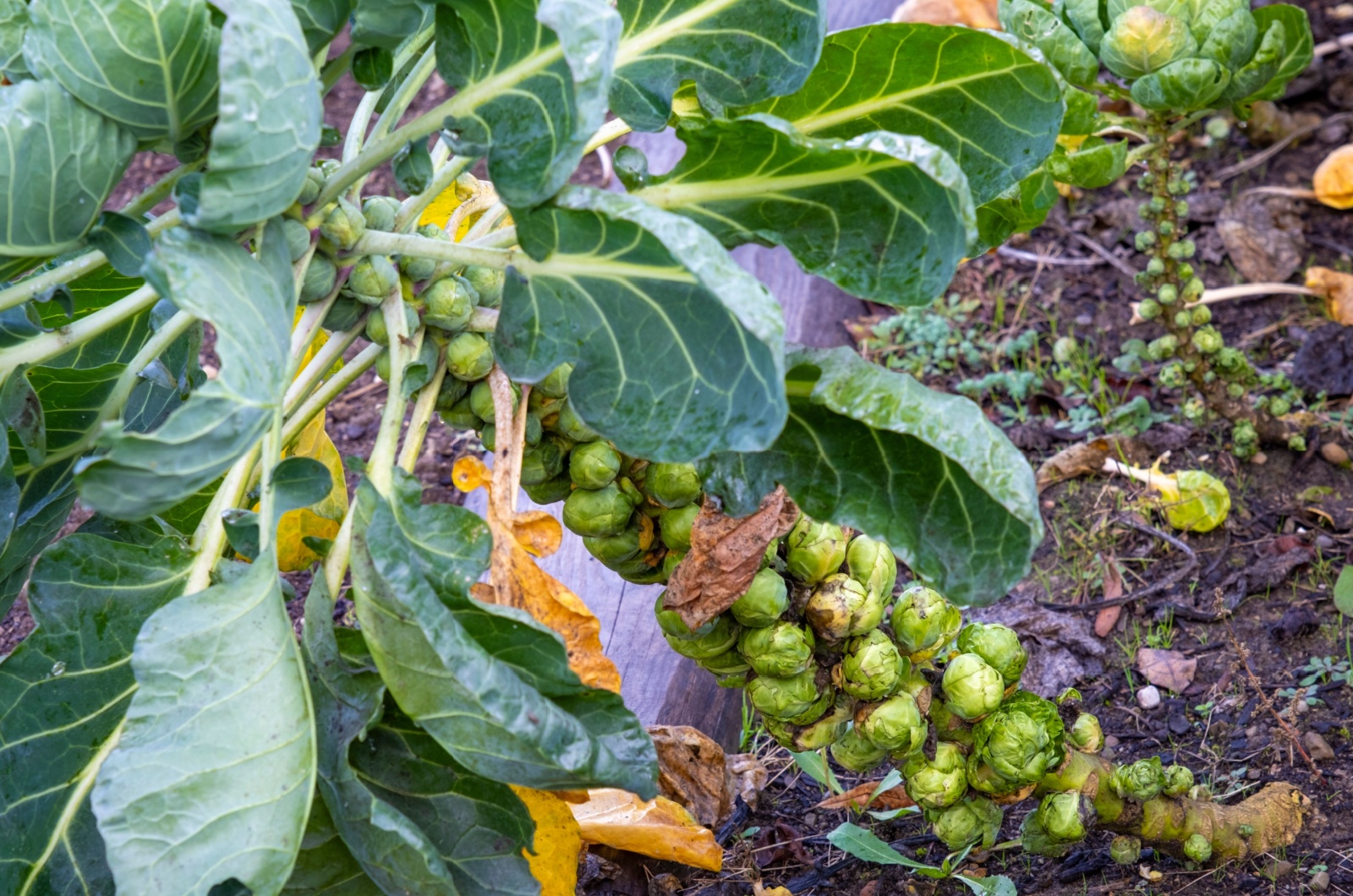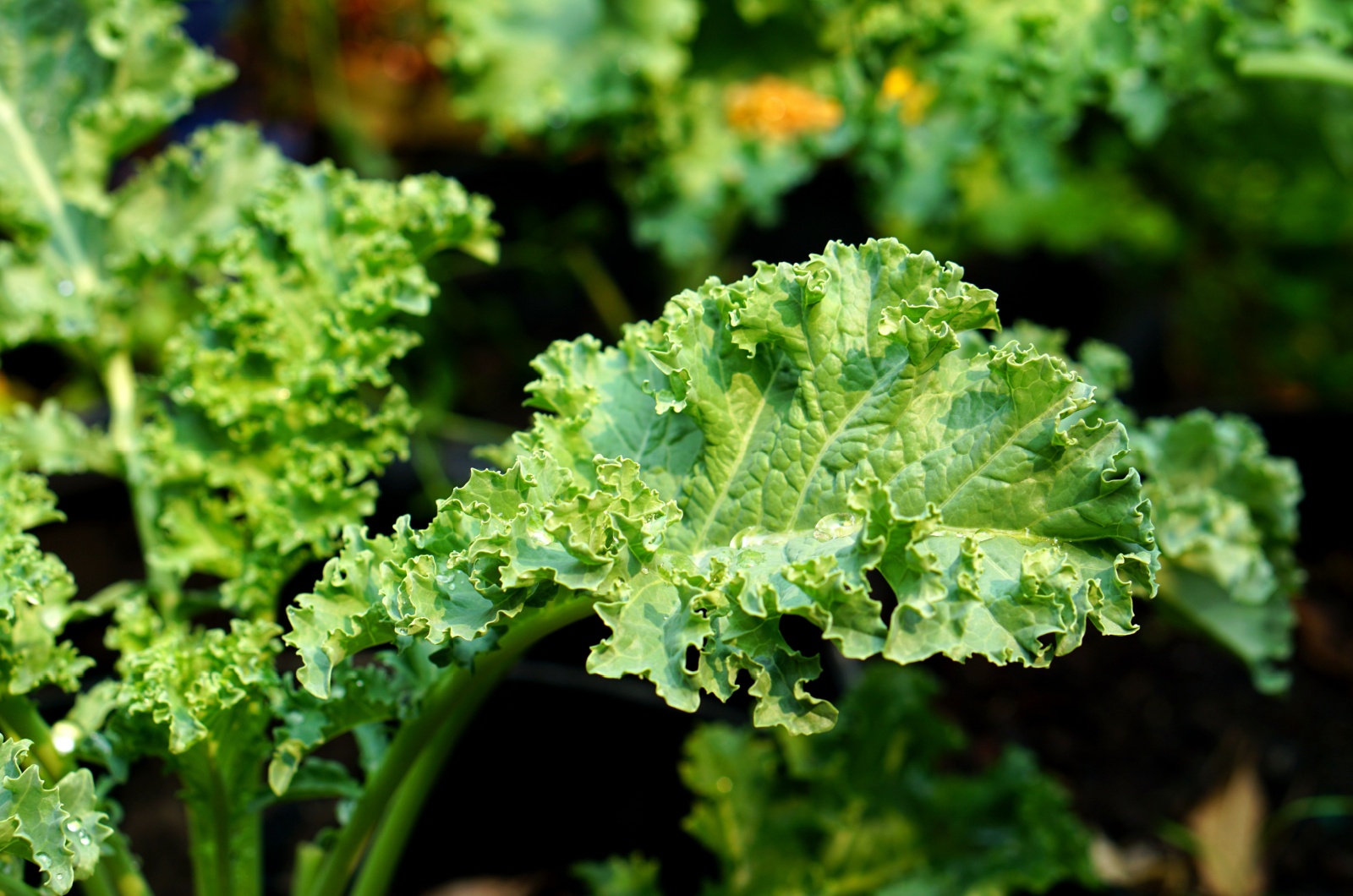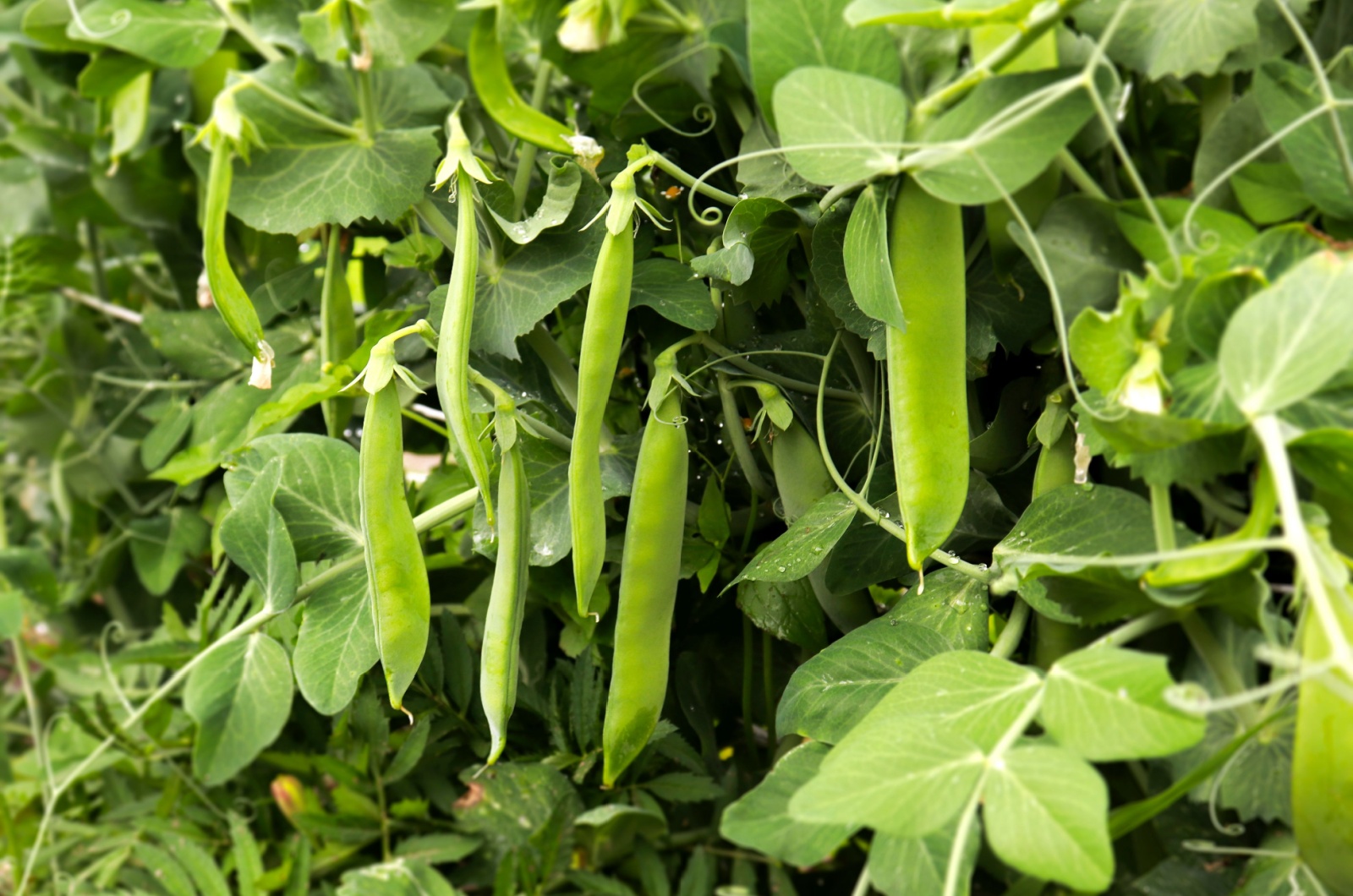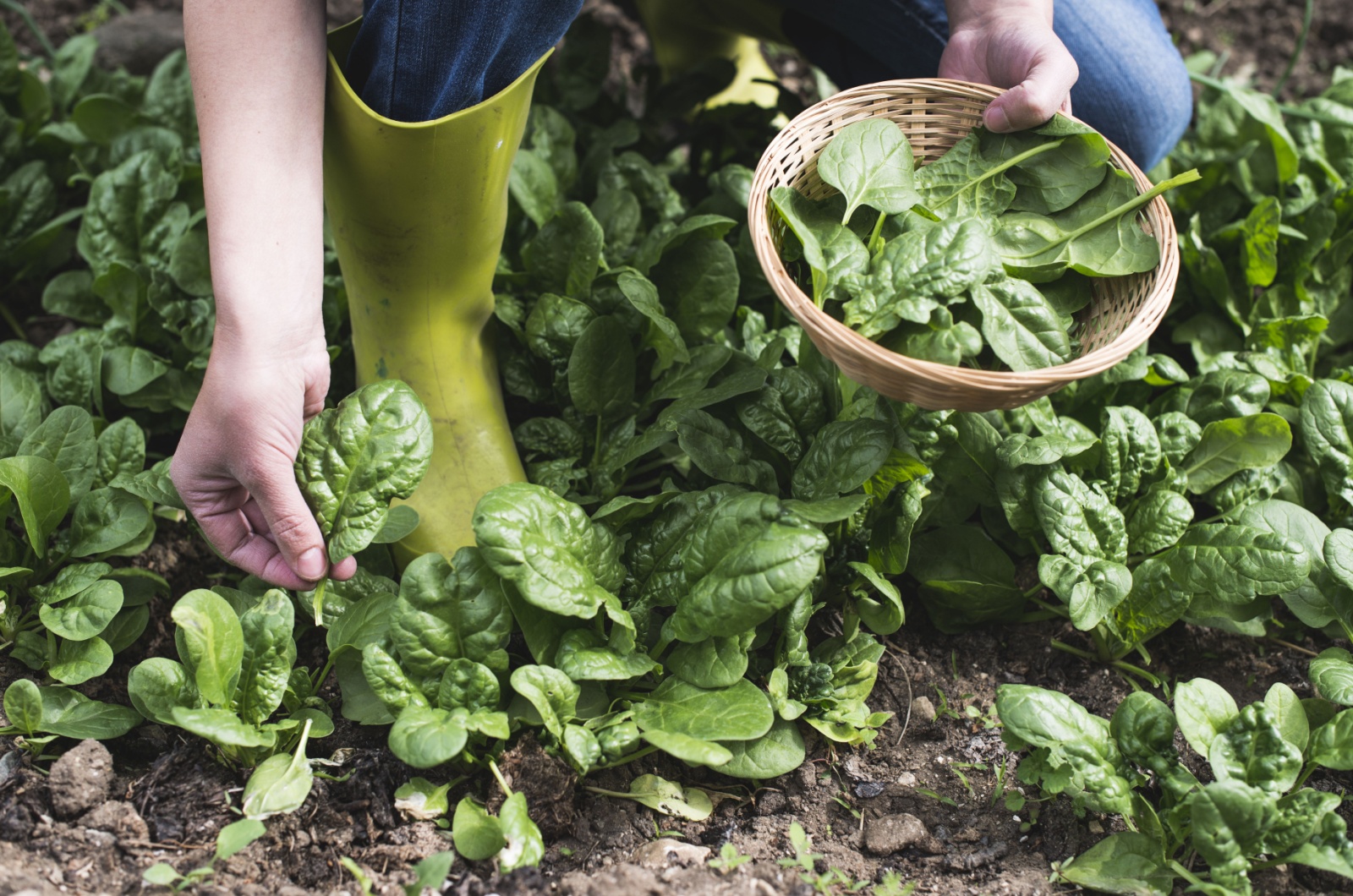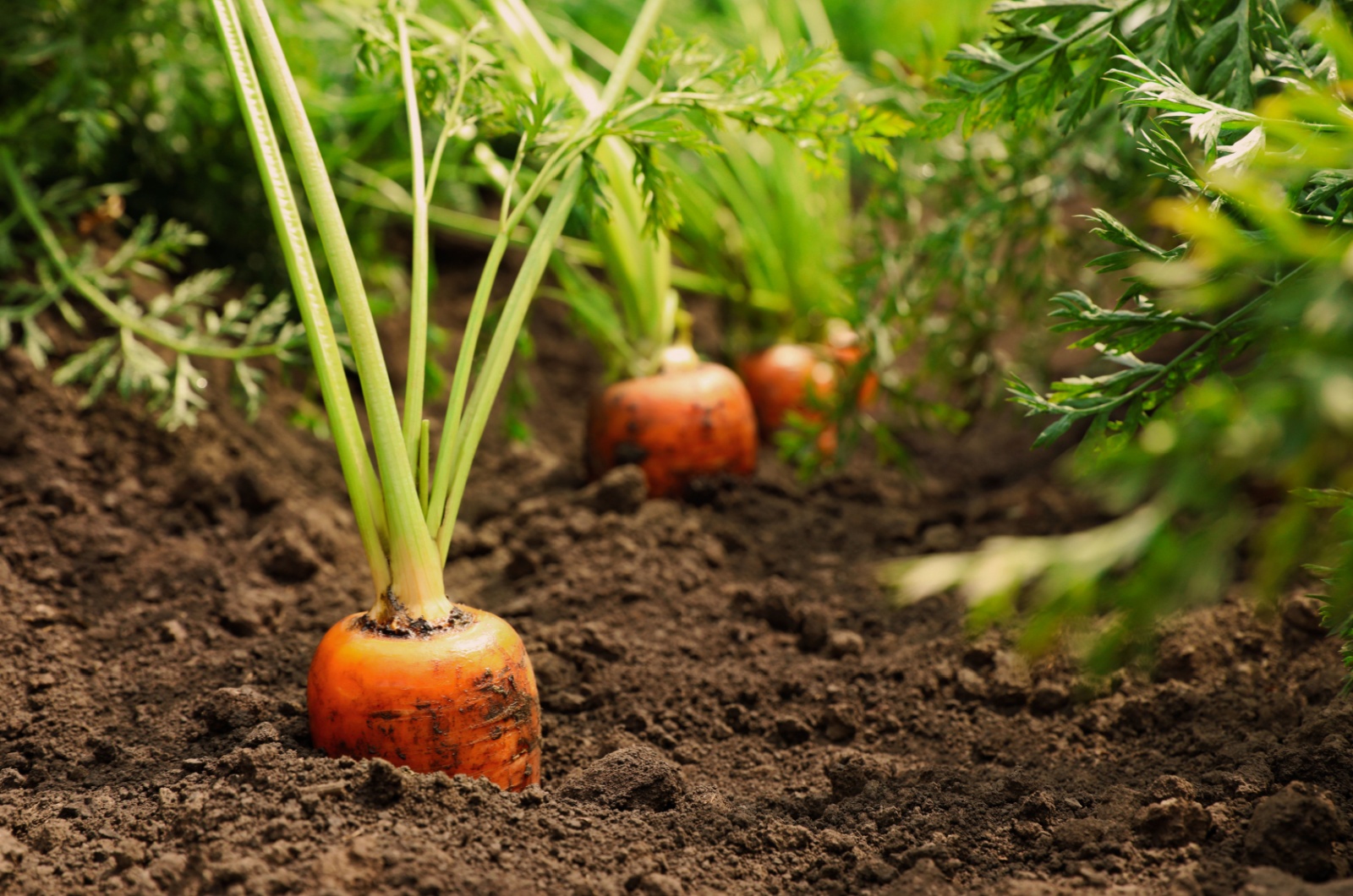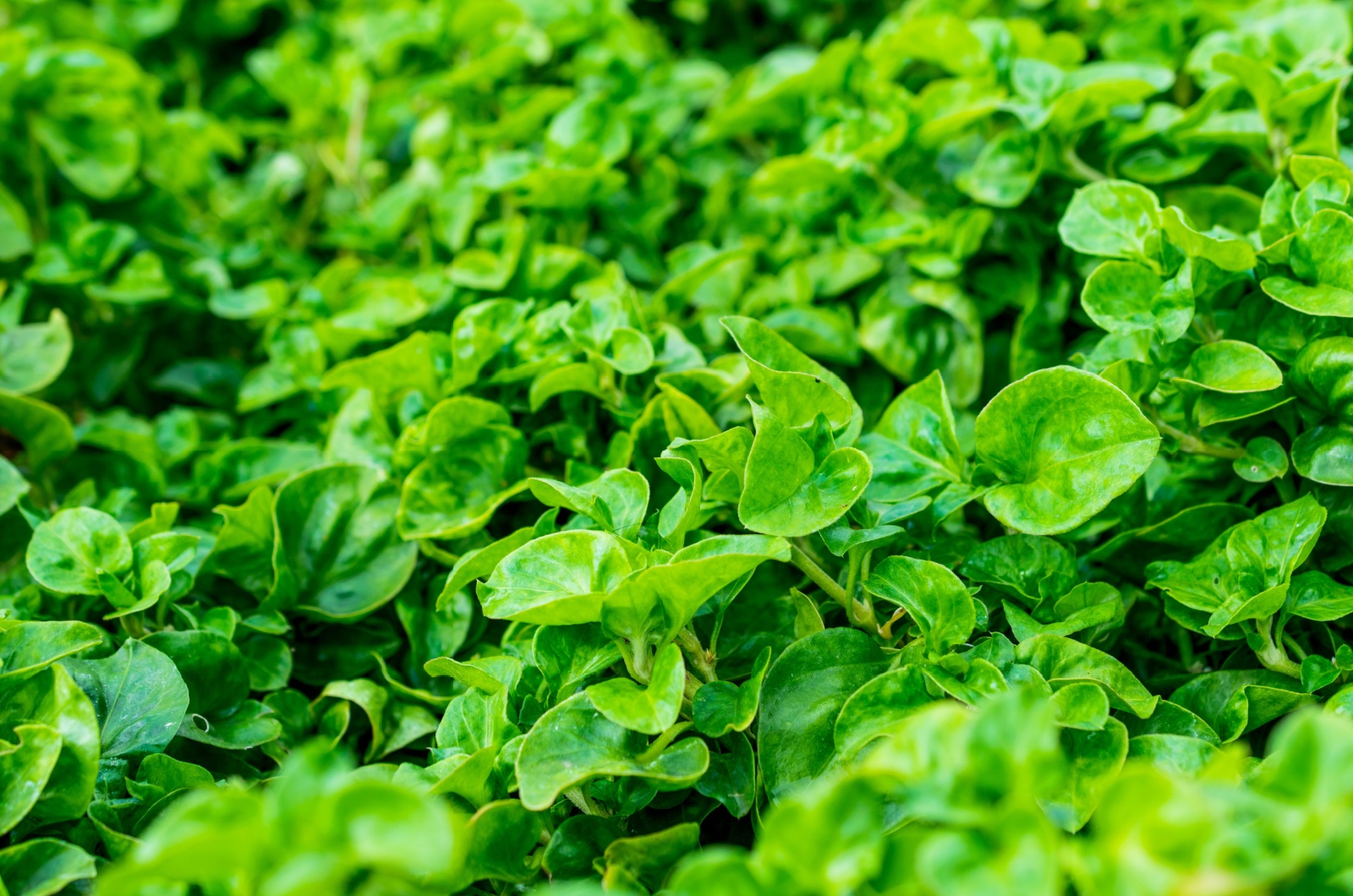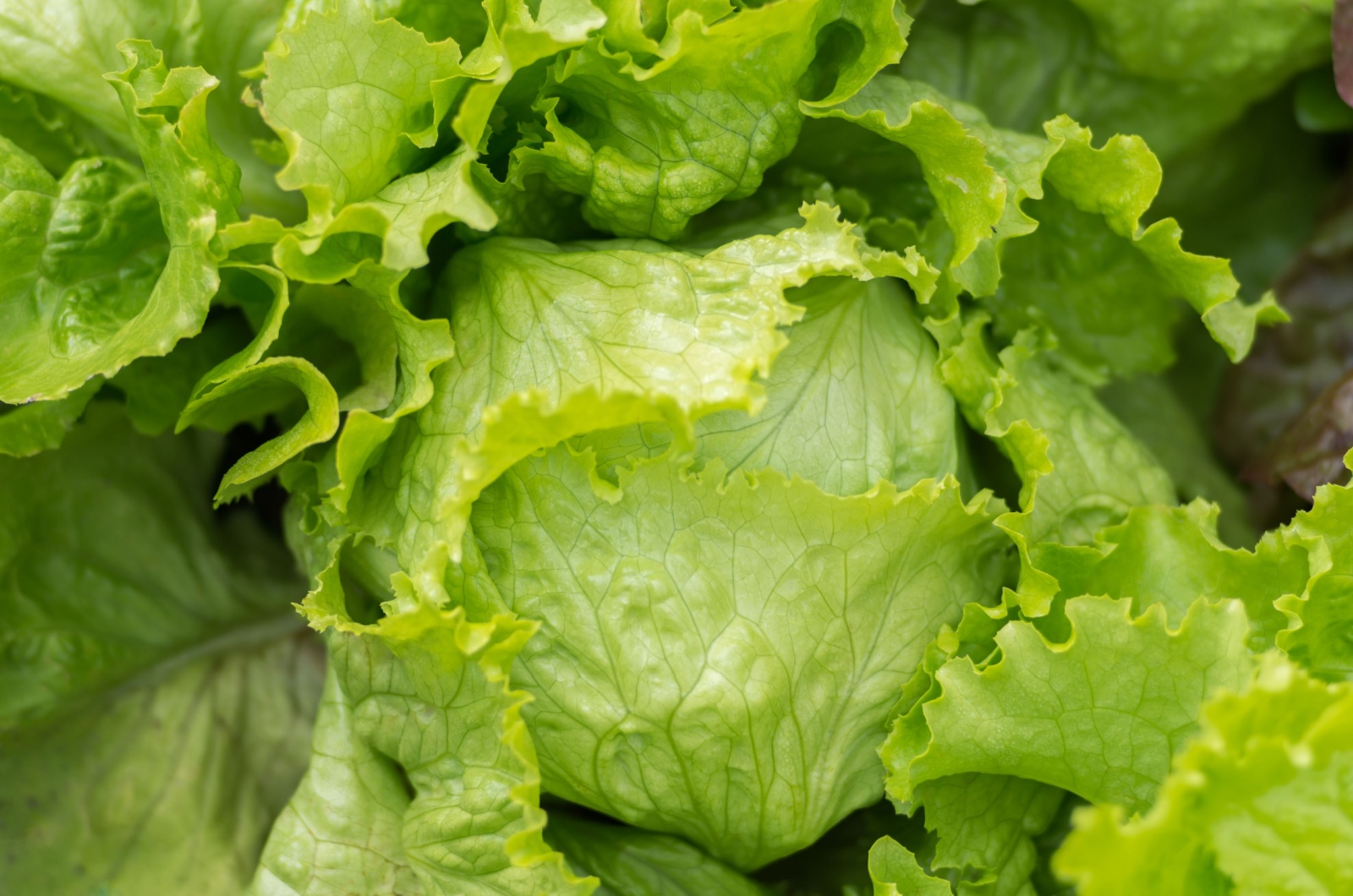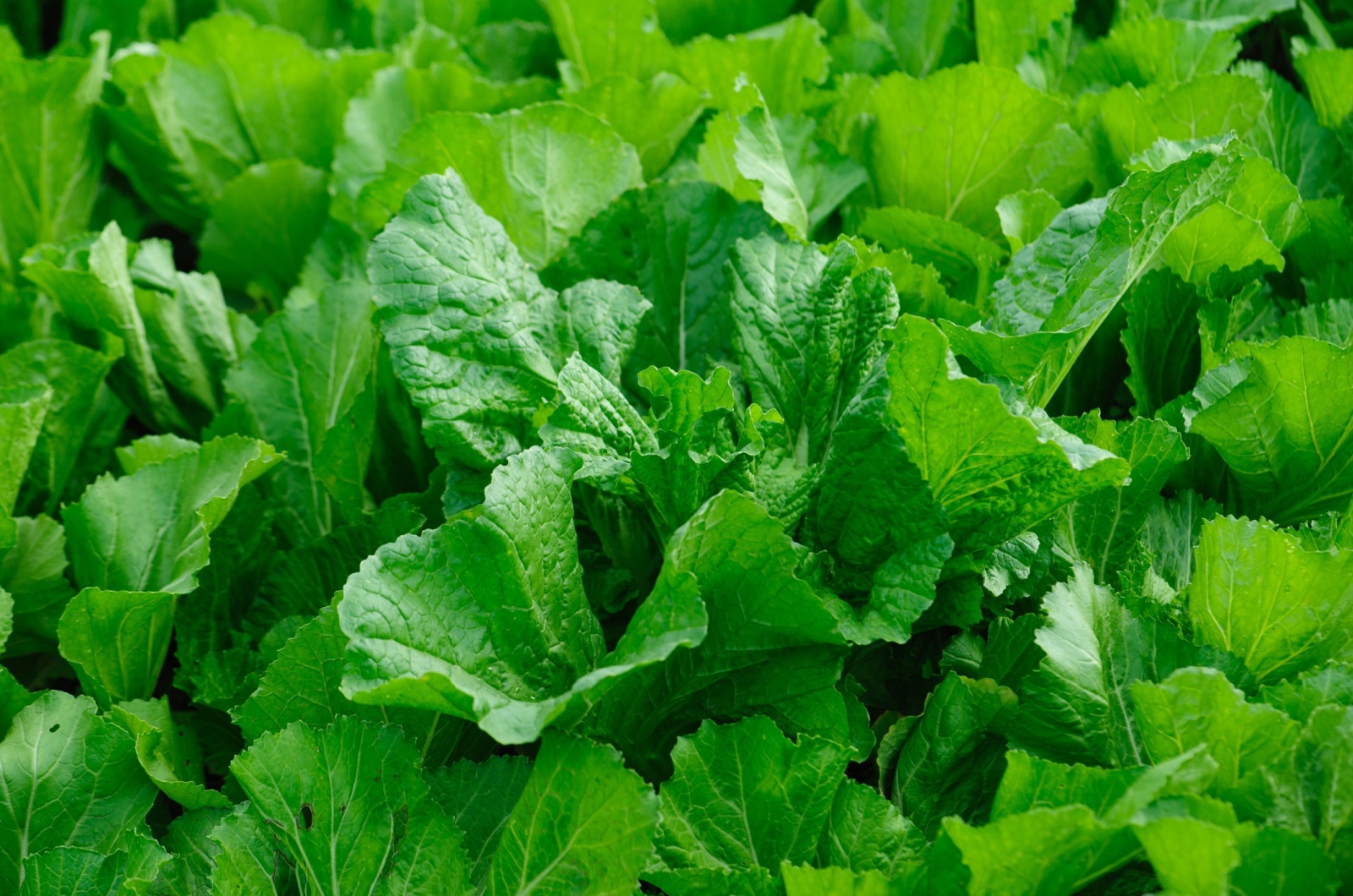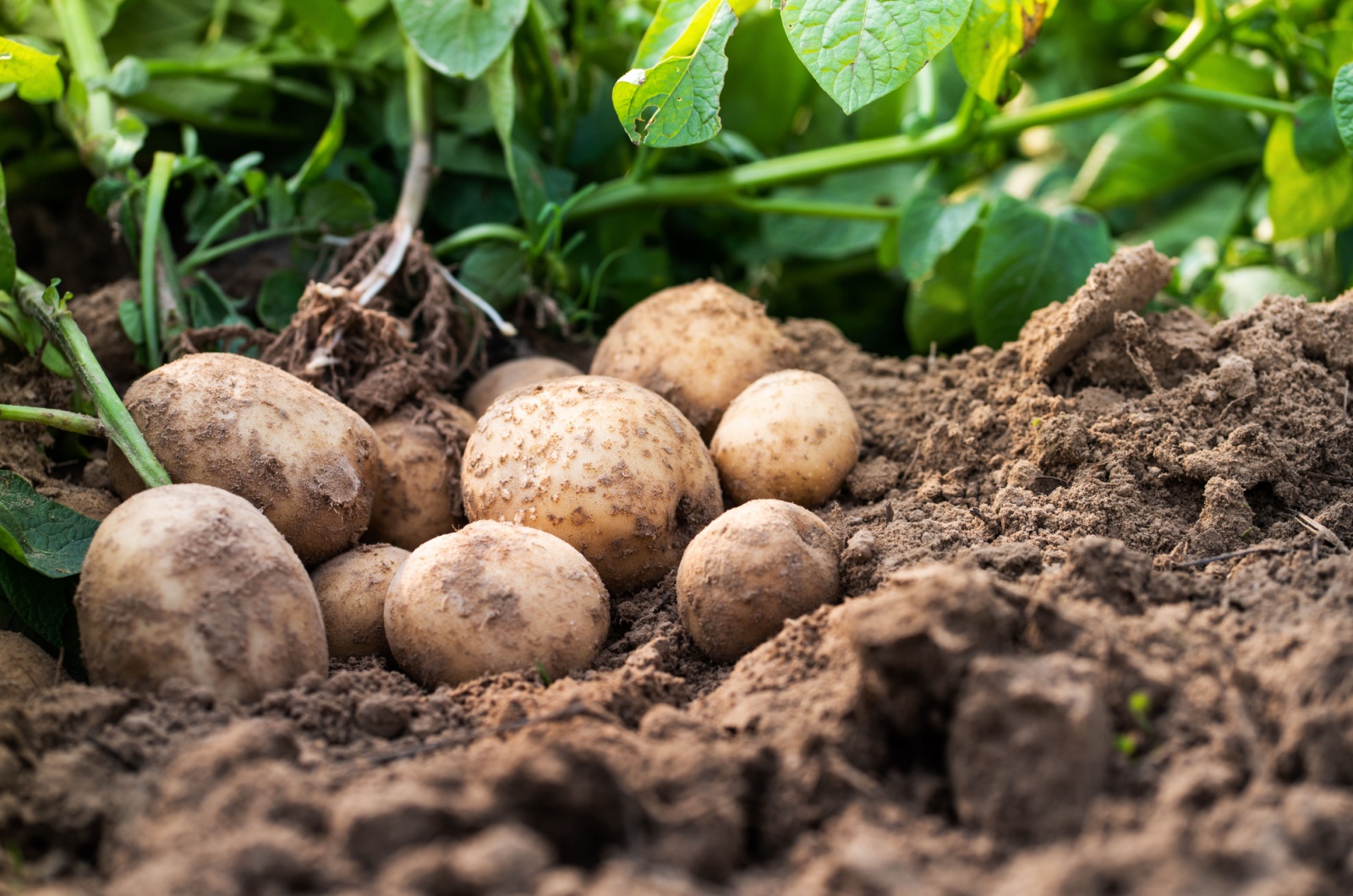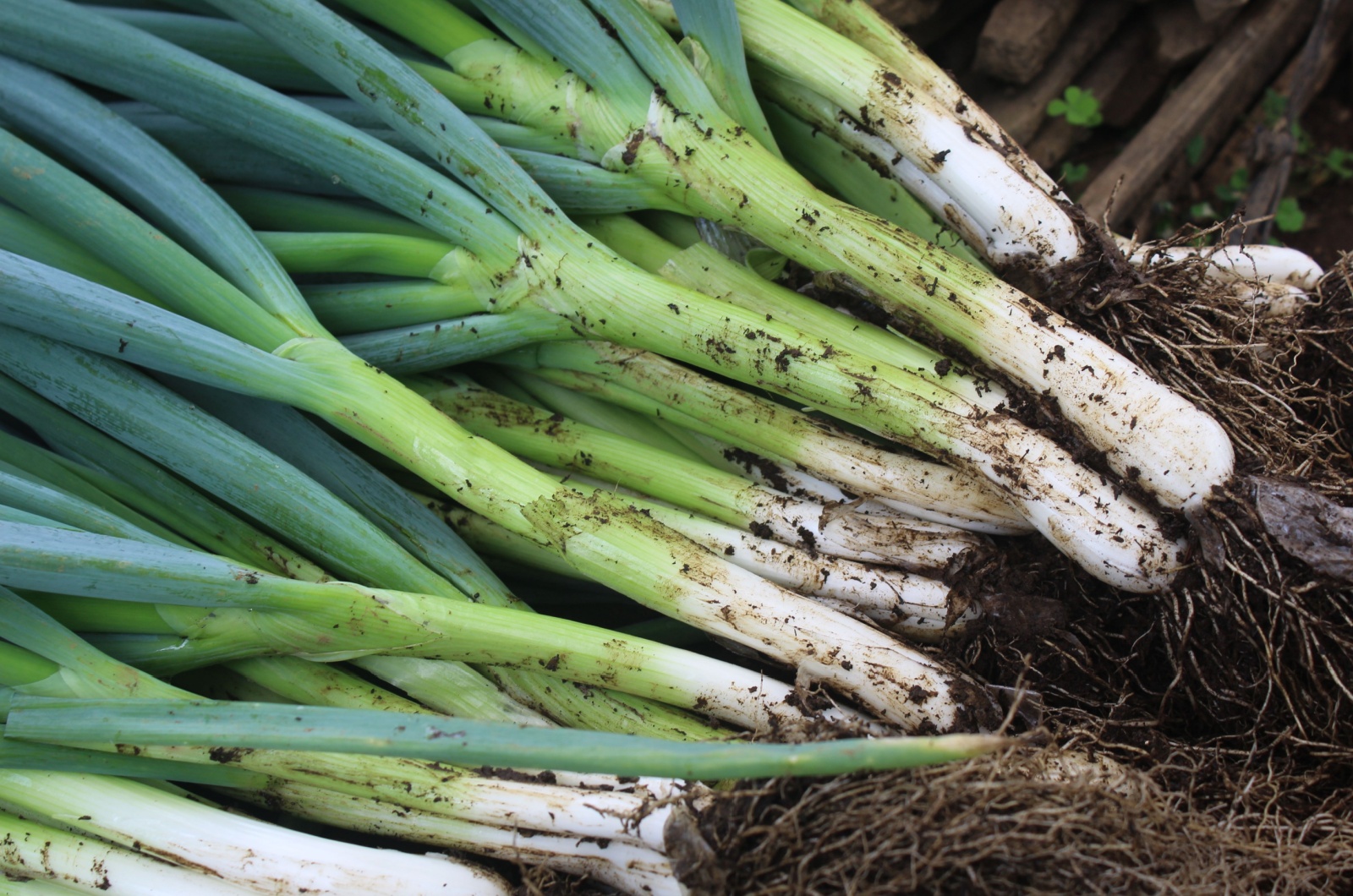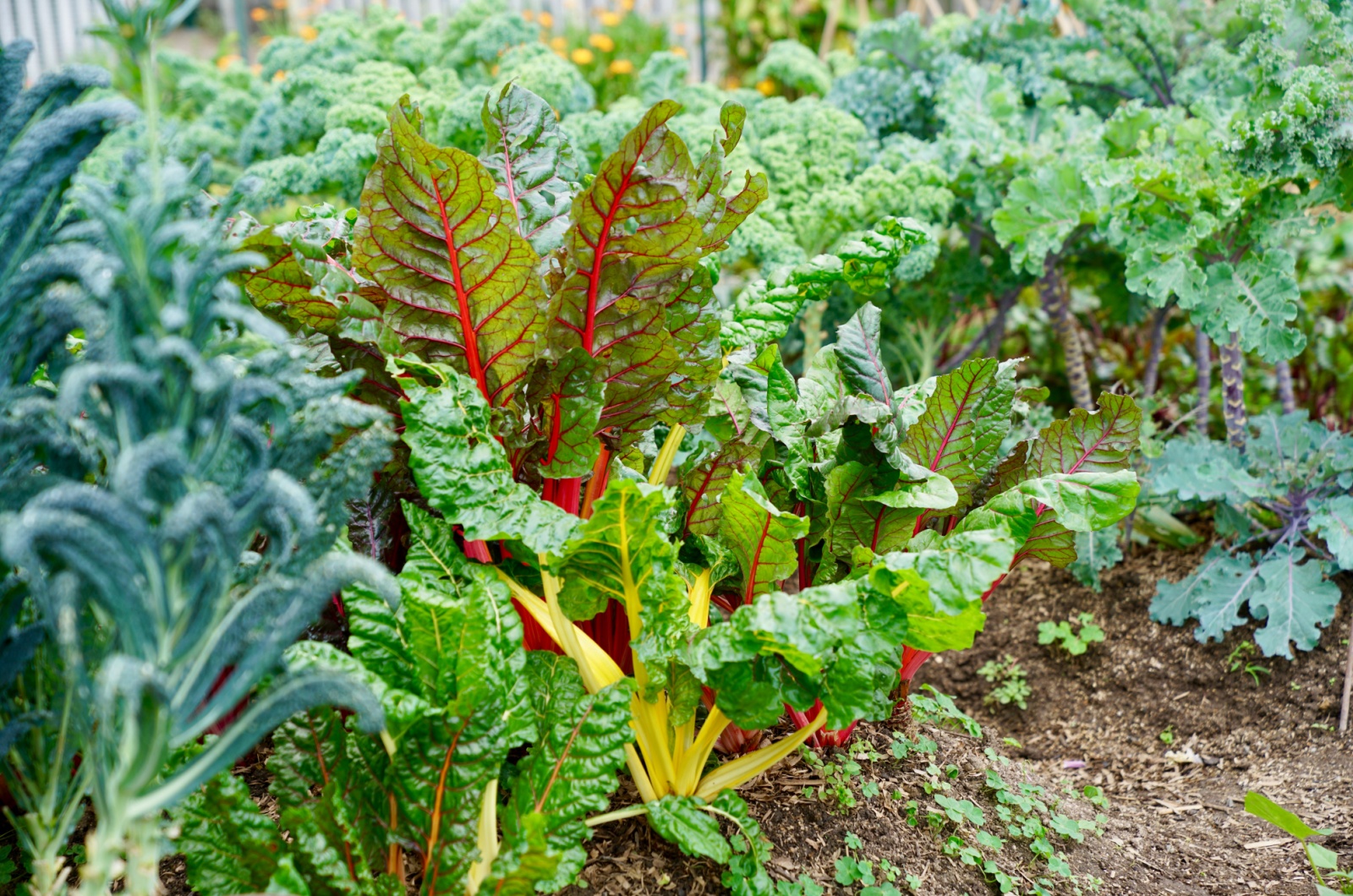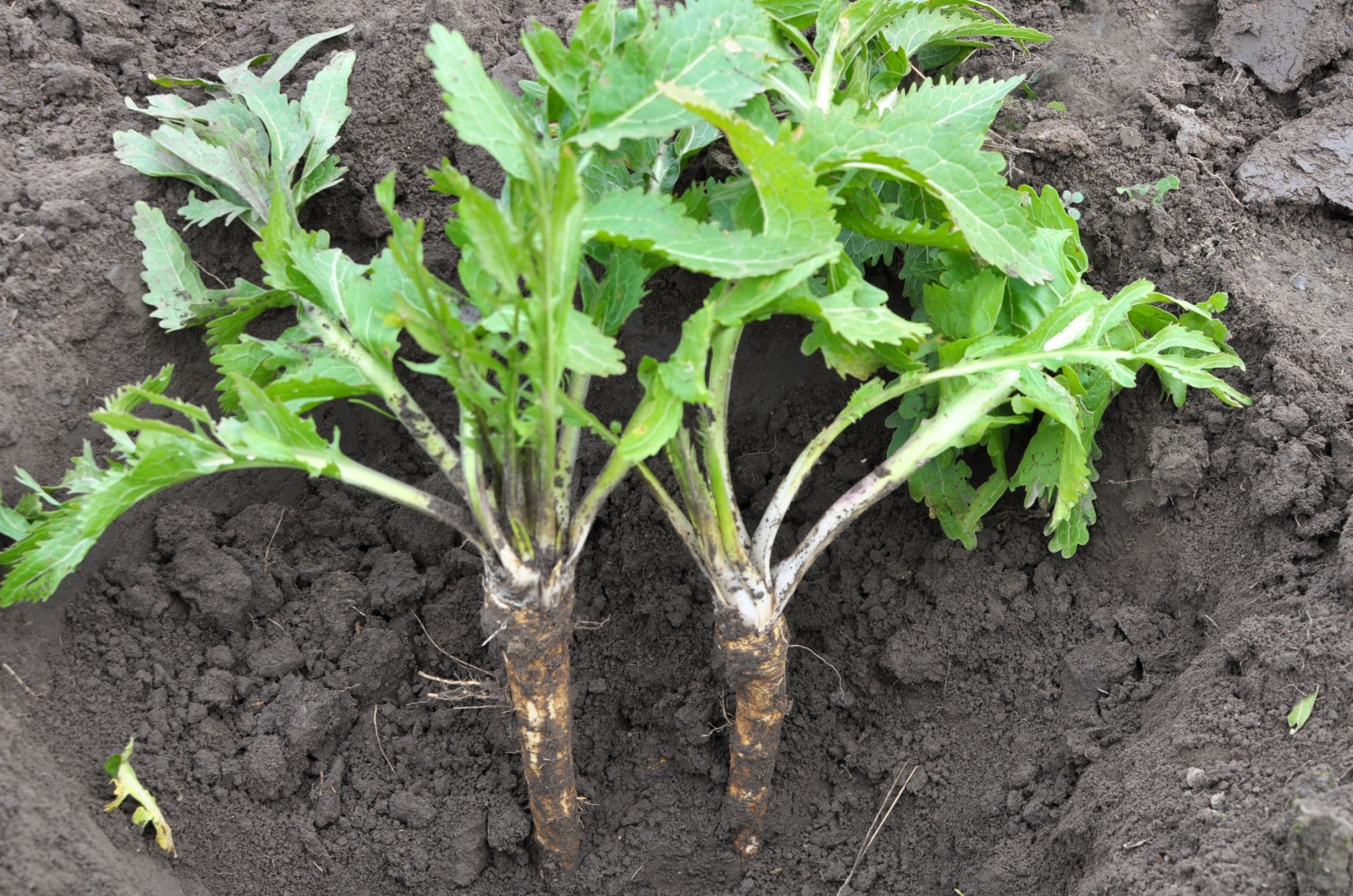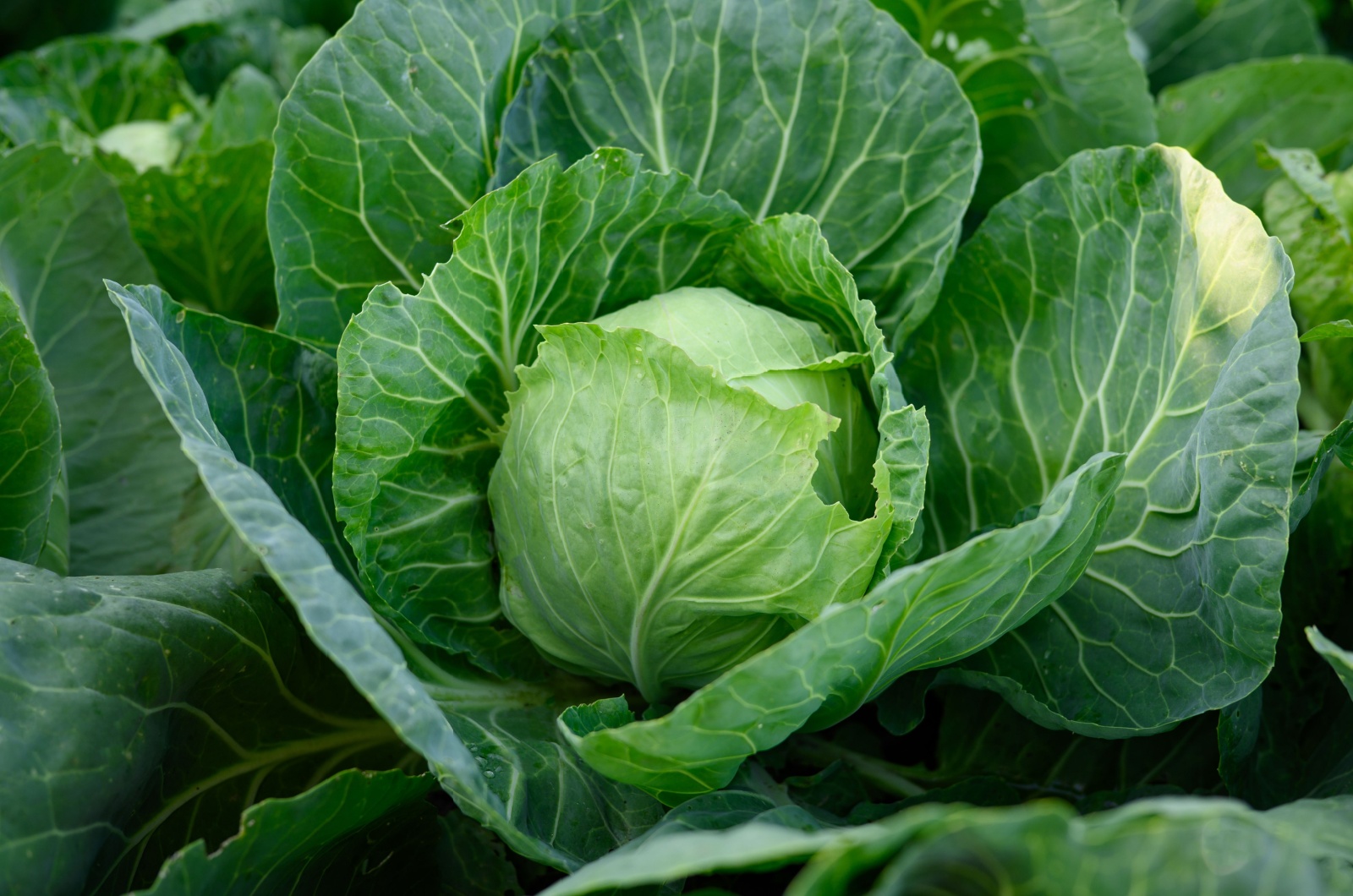Feeling the heat? Well, your garden might be too! But don’t worry, fellow green thumbs, because even in the shadiest spots, there’s a world of veggies waiting to thrive.
Navigating a garden that’s not always basking in the sun can be tricky, but it’s not impossible. It’s all about finding the cool veggies that would prefer a little shade!
As someone who’s faced the challenge of a partially shaded garden, I know the struggle of trying to grow vegetables without enough sunlight. But with a little creativity and the right know-how, I turned those shady corners into flourishing vegetable patches.
If I could do it, then you can do it, too!
Just start with choosing the right plants that won’t mind some shade. I’ll gladly share with you the ones I’ve grown so far, but if you’ve stumbled upon any others, please let me know!
1. Arugula Is Totally Cool With Chilling In The Shade
Meet arugula, also known as rocket!
Arugula is the spicy cousin of lettuce, perfect for those who like a bit of a kick in their salad. It thrives in a bit of shade, so why not give it a cozy spot in your garden where it can enjoy a break from the sun?
Since it tends to get a bit bitter and quickly goes to seed as the temperatures rise, it’s best to strategically plant your arugula in a shady spot and enjoy this zesty veggie longer into the season.
So, find a cool nook in your garden and let arugula add some spice to your meals all season long!
Make your arugula even tastier with these companion plants: 24 Awesome Arugula Companion Plants And Plants To Avoid
2. Beets Will Thrive Even In The Shadiest Corners Of Your Garden
Beets are seriously underrated, don’t you think?
I mean, who hasn’t had those sad canned beets that nobody really enjoys? But let me tell you, pickled beets are a whole different story!
My mom makes the most incredible pickled beets, and they’re perfect for snacking, especially when mixed into hummus. And trust me, a splash of pickled beet juice in your gin and tonic? It’s a game-changer!
But here’s the thing, even if you’re not a fan of the bulbs themselves, growing beets is still worth it. Wondering why?
Well, it’s because those leafy greens are absolute stars in salads, soups, and stir-fries! And when you grow them in the shade, you get smaller bulbs (perfect for those future bite-sized pickles) and the most tender, flavorful leaves for your salads.
You can grow beets all year round, so don’t forget to plant some in the fall too. Trust me, once you start growing your own beets, you’ll never go back to those sad canned ones again!
If this convinced you to grow beets, take care not to make these 9 beetroot growing mistakes as they can ruin your harvest.
3. Brussels Sprouts A.K.A Shady Sprouts Will Still Produce Those Delicious Buds
Brussels sprouts thrive in cooler weather, but when it gets too hot, they’re out. So, save them for the spring and fall seasons when the temperatures are just right.
They should receive at least six hours of sunlight each day, but don’t worry too much about finding the perfect sunny spot. Brussels sprouts are pretty chill and can handle a bit of shade. They might be a bit smaller, but you’ll still get a decent harvest of those tasty sprouts.
It takes around 80-90 days for Brussels sprouts to mature, so if spring isn’t cool enough, just hold off and plant them in the fall instead (they taste so much better after a light frost anyway).
4. Cool-Season Kale Won’t Mind Some Shade As Well
You heard it right – kale thrives in partial shade!
And trust me, it’s a win-win situation. Not only does kale appreciate a break from the scorching summer sun, but it also tastes even better with a touch of shade.
Just like its brassica cousins, kale develops a delightful sweetness after a couple of frosty encounters. Shady spots and chilly weather work like a charm, resulting in the most delicious kale chips, smoothies, and salads you’ve ever savored.
For optimal growth in light shade, opt for varieties like Dazzling Blue as they have smaller leaves.
To grow the best kale ever, follow this guide: A Complete Guide To The Kale Growing Stages & What To Expect
5. Peas Can Tolerate A Bit Of Shade, But Still Need The Sun
If you’re considering growing shelling peas, don’t worry ‘cause they’ll be just fine in a bit of shade. These springtime favorites love to climb, so be sure to provide them with something to latch onto, and they’ll thrive happily.
Interestingly, as they grow upwards, they create their own shade, making them perfect companions for a few heads of lettuce, which enjoy a bit of relief from the sun’s rays.
Even if your peas don’t reach full maturity due to the shade, you can still use pea shoots and tendrils that you often see in upscale restaurants. So, save yourself some cash and grow peas at home!
6. Save Shaded Spots In Your Garden For Nutritious Spinach
Spinach, the ultimate super veggie, is a rapid bolter, shooting to seed faster than you can say “green smoothie” when temperatures rise past 80 degrees (this is when a shady garden comes to the rescue!).
In cool, shaded areas, spinach leaves tend to stay small and mild, just perfect for those craving some baby spinach in their salads.
To maintain a continuous harvest of spinach, sow new rows in succession every week or two. With this approach, you’ll have a steady supply of fresh, flavorful spinach leaves all the time!
Related: Easy Tips On Growing Spinach At Home Or In The Garden
7. Carrots Are Rooting For Shade
Carrots can be used as a guide in those shady corners of your garden!
While some carrot varieties thrive in cooler temperatures, they still need their fair share of light (at least six hours a day).
Since carrots grow underground, they can be a bit unpredictable. But with some prep work, you can ensure a bountiful harvest of straight and juicy roots.
So, before sowing your carrot seeds, loosen up the soil, remove any rocks, and add a generous helping of compost. This will give your carrots the ideal growing environment and help prevent any wonky shapes.
If your soil is too tough to tame, opt for shorter carrot varieties or consider planting them in containers. That way, you’ll still enjoy a delicious harvest without the hassle of changing the soil.
8. Plant Shade-Loving Watercress Once And Enjoy Its Refreshing Taste Whenever You Want
Who knew you could grow a super-healthy veggie that thrives in shade and only needs planting once? Count me in!
Watercress, a perennial member of the brassica family, is a veggie that you can plant and forget. But wait, there’s more!
This healthy and nutritious green is loaded with benefits. From iron and vitamin C to promoting strong bones, thyroid function, and better eyesight. And let’s not overlook its distinguished appearance, perfect for fancy finger sandwiches.
9. Let Lettuce Shine In Shade And Sun
Lettuce, the classic cool-weather crop, enjoys a touch of shade, but don’t overdo it: too much shade and it may grow leggy. It’s all about finding the right balance in your garden.
Now, when those scorching summer days roll in, lettuce tends to turn bitter; this simply opens up space for new plantings. And with shorter days during fall, you can sow another batch before winter arrives.
10. Mustard Greens Are Perfect For Dimmer Gardens
Why not spice things up in your shady garden with some mustard greens?
These robust greens bring a slightly spicy kick to your dishes, perfect for stir-fries or soups. Plus, some varieties even offer tasty edible stalks, just like their cousins broccoli.
If you’ve never considered growing mustard greens before, let your shady garden be the perfect excuse to give them a try!
Also read: 22 Best Cold Weather Greens For Winter Gardens
11. Potatoes Are Spud-Tacular Shade Survivors
You heard it right – potatoes can thrive in partial shade.
However, some sunlight must sneak in the area for potatoes to produce delicious tubers. So, if you plan on growing them in total shade, I would opt for a different veggie.
And don’t worry if you’re new to potato growing: they are super easy to cultivate!
You can even try growing them in buckets or sacks, where they’ll happily flourish. I started growing them in bags of soil, and let me tell you I was SHOCKED by their tastiness and abundance.
I already explained this process, just follow the link: Grow Your Potatoes In Bags Of Soil And Get The Biggest Number Of Tubers Ever
12. Green Onions Grow In Shade With Ease
If you’re anything like me, green onions can always be found in your kitchen, especially during spring when they’ve just started growing!
Although they are super easy to grow, scallions can become pretty potent once they get too much sun. So, to mellow out their flavor, try growing scallions in the shade.
The beauty of scallions is their versatility – you can tuck them into every shady spot in your garden for a steady supply of these culinary delights!
13. Colorful Swiss Chard Can Make Shady Parts More Vibrant
Swiss chard adds a vibrant splash of color to any garden palette, and the good news is, it doesn’t mind a bit of shade!
Sure, you might end up with slightly smaller plants in less sunny spots, but trust me, that’s not a deal-breaker. In fact, compact plants mean tender stalks and leaves that aren’t tough or stringy.
To keep your Swiss chard thriving, make sure to harvest it frequently: this encourages fresh growth and gives you a continuous supply of fresh greens.
As for what to do with all that Swiss chard goodness? Well, I love freezing it! By storing the stalks and leaves separately, I can whip up a variety of delicious dishes in the kitchen all year round.
14. Horseradish Are Hardy Roots That Love The Dark
You might be skeptical, but yes, horseradish is indeed a vegetable – and a flavorful one at that!
When it comes to veggies that thrive in shady spots, we can’t afford to be picky. If you’ve got a taste for this fiery root but never considered growing it yourself, now’s your chance!
Once you experience the zesty punch of homegrown horseradish, you’ll never go back to the bland store-bought version.
Also read: 13 Veggies & Herbs That Grow And Thrive In Snow
15. Shaded Gardens Can’t Go On Without Crunchy Cabbage
We are finishing our list with cabbage, the king of every garden!
It’s not too picky about sunlight but doesn’t mind a bit of shade either. Six hours of sun a day is just right for these guys, but they’ll also appreciate a little break from the scorching heat.
When the sun gets too intense, cabbage’s outer leaves can dry out, leading to smaller heads.
So, if you’re giving them some shade during the day, make sure to pamper them with plenty of compost in the soil. It’ll give them the extra nutrients they need to grow big and strong.
Are you ready to turn those dark corners of your garden into a green paradise? Which of these shade-loving veggies will you grow first?
Don’t forget to share your gardening journey with me because I can’t wait to see your veggies grow and flourish!

